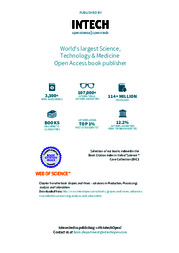Water balance indices for tropical wine grapes.
Water balance indices for tropical wine grapes.
Author(s): TEIXEIRA, A. H. de C.; TONIETTO, J.; LEIVAS, J. F.
Summary: Over the last few decades, the Brazilian semiarid region has appeared as one of the main tropical wine production areas in the country. The aim of this research was the elaboration and application of water balance indices to upscale them in the wine grape growing regions of the Petrolina and Juazeiro counties in the states of Pernambuco (PE) and Bahia (BA), respectively, simulating different pruning dates along the year. Previous energy balance measurements were used for relating the crop coefficient (Kc) with the accumulated degree-days (DDac). The model was applied to upscale the water balance indices during the growing seasons (GS). It was concluded that if irrigation water is available, the best pruning periods are for GS from May to July because of better natural thermal and moisture conditions. Much care should be taken for pruning done in other periods of the year, with regard to the effect of increasing thermal conditions on wine quality. The classifications and delimitations done, joined with other environmental characteristics, are important for a rational planning of the commercial tropical wine production expansion, mainly in the actual situations of climate and land use changes together with rising water competition along the years in the Brazilian semiarid region.
Publication year: 2018
Types of publication: Book sections
Unit: Embrapa Grape & Wine
Observation
Some of Embrapa's publications are published as ePub files. To read them, use or download one of the following free software options to your computer or mobile device. Android: Google Play Books; IOS: iBooks; Windows and Linux: Calibre.
Access other publications
Access the Agricultural Research Database (BDPA) to consult Embrapa's full library collection and records.
Visit Embrapa Bookstore to purchase books and other publications sold by Embrapa.

